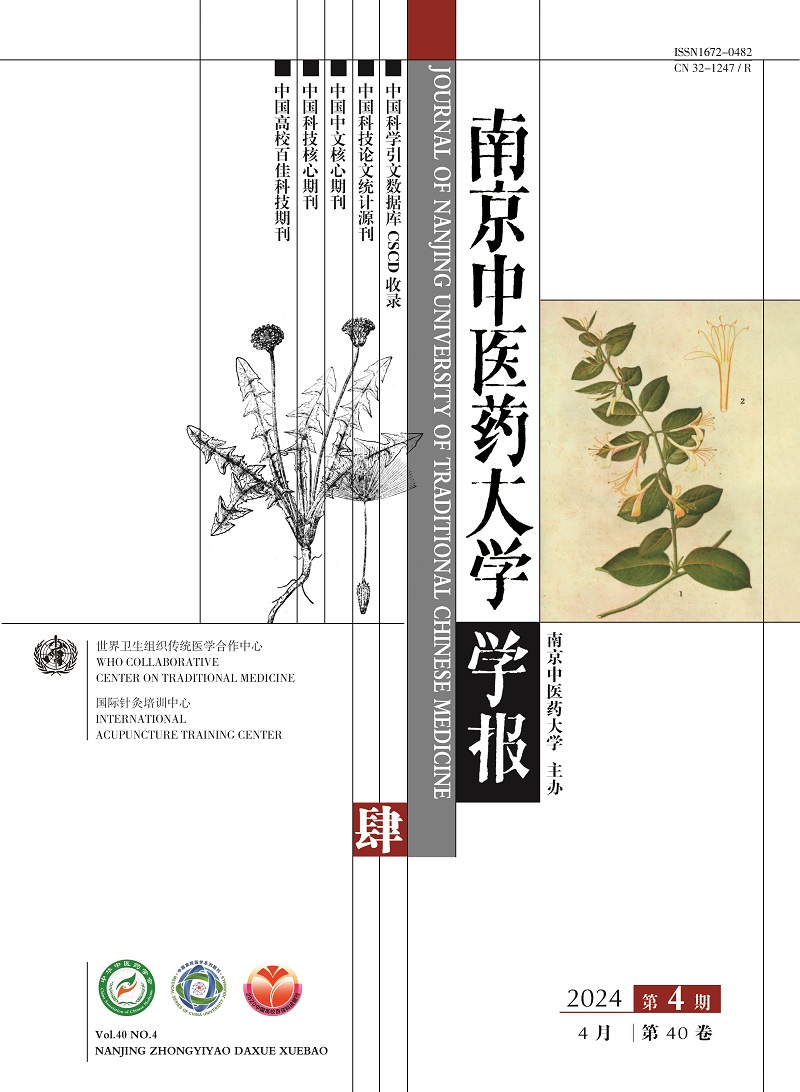Abstract:
OBJECTIVE To observe the clinical efficacy of Yishen Huashi granules in the treating diabetic kidney disease (DKD), and to explore its mechanism of action on alleviating DKD through the "gut-kidney axis". METHODS A total of 100 patients suffering from DKD with syndrome of excessive dampness caused by spleen deficiency were randomly divided into the treatment and control group, with 50 cases in each group. In the control group, the patients were treated with basic western medicine, while the patient in the treatment group were given Yishen Huashi granules based on the treatment of the control group. After the 8-week treatment course, we observed the changes in both groups, including the traditional Chinese medicine (TCM) syndrome score, urinary albumin creatinine ratio (UACR), fasting blood glucose (FBG), glycosylated hemoglobin (HbA1C), serum creatinine (Scr), blood urea nitrogen (BUN), esti mated glomerular filtration rate (eGFR), albumin (ALB), superoxide dismutase (SOD), interleukin-6 (IL-6), and N-acetyl-β-D-glucosaminidase (NAG). In addition, the fecal samples of 60 patients (30 in each group) were randomly collected to screen the target organisms of the granules by sequencing in the area of 16S rDNA V3 + V4. RESULTS The total effective rate of the treatment group was significantly higher than that of the control group (P < 0.05). The TCM syndrome scores of both groups were significantly improved, but the result of the treatment group was better than that of the control group (P < 0.05, P < 0.01). Besides, the UACR, BUN, HbA1C and IL-6 levels of both groups were significantly reduced than those before treatment (P < 0.05, P < 0.01), but the results of the treatment group was better than those of the control group (P < 0.05, P < 0.01). The levels of SOD and ALB in the treatment group were significantly increased (P < 0.05, P < 0.01) and showed better results than those of the control group (P < 0.05, P < 0.01). Compared with the control group, the diversity and abundance of flora in the treatment group increased, the aggregation degree of flora increased, and the F/B value reduced. Through LEfSe analysis, we found that the dominant genera in the treatment group were Parabacteroides, Bifidobacterium longum, and Lactobacillus mucosae. CONCLUSION Yishen Huashi granules can effectively alleviate the clinical TCM symptoms of DKD patients with syndrome of excessive dampness caused by spleen deficiency. Besides, it can also lower blood glucose, reduce proteinuria, regulate the overall level of oxidative stress and inflammation, and stabilize renal function by affecting the distribution of intestinal flora, which provides a basis for further study of Yishen Huashi granules to assess the occurrence, development, and treatment of DKD through intestinal flora.



